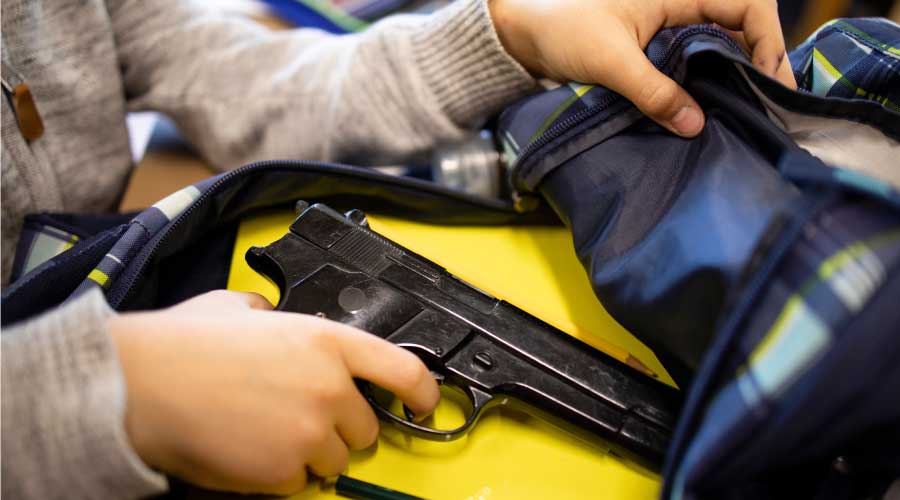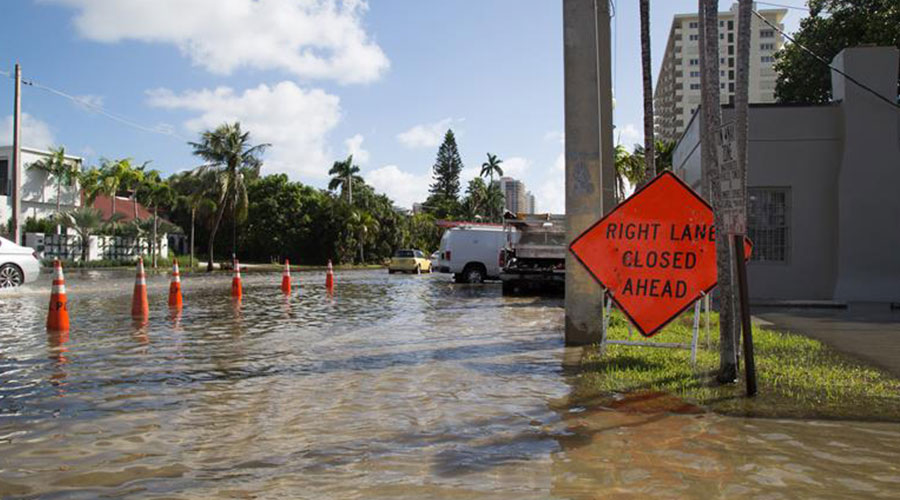Mistakes to Avoid When Making Emergency Plans for Schools
Managers in many schools focus on creating school crisis plans that are dozens of pages long.
Nobody in a school district knows the school campus and grounds better than maintenance and engineering managers, says Kenneth Trump, president, National School Safety and Security Service.
“Facility managers should have a seat at the table and be an integral part of each school’s and district’s safety and emergency teams,” Trump says. “They not onlyknow the physical operations but also, along with their staff, are the ‘eyes and ears’ of the school, who know who is coming, going and present on campus all day and evening.”
Using these insights, managers can tailor safety protocols to each emergency. For example, in weather-related emergencies, the focus might be on securing windows, doors and electrical equipment.
Safe Havens’ approach to emergency planning involves developing role-specific and integrated emergency charts for major categories of employees.For example, Dorn and his team develop the following plan components for a public school system that include a top-level plan component for the school superintendent and cabinet/department heads and emergency charts for building administrators, teachers, custodians and facilities personnel, office staff, food service personnel, and school bus drivers and route supervisors.
“Each of these plan components outlines the different actions that are taken by different categories of employees in each type of emergency,” Dorn says. “While they recognize the differences between the various roles, all charts are built to be integrated so everyone is working towards the same goals in a crisis.”
There also are two types of protocols in each plan component that Safe Havens International develops — functional protocols like lockdown, reverse evacuation and emergency communications protocols, and incident-specific protocols, such as hostage situations, active assailant incidents, tornadoes and fire protocols.
“It is very important not to use any form of what we call a plan in a can,” Dorn says. “These are plans that are sold or provided at no cost that cannot be tailored to fit local conditions. For example, this is the type of plan relied upon at Robb Elementary School where more than 20 victims were killed.The plans are oversimplified and have failed severely when we conduct controlled simulations with individual staff — especially for lockdown scenarios.”
To maintain the effectiveness of safety plans, Russell says managers should regularly review and update plans based on evolving threat assessments, regulatory guidance and incident feedback. They also need to incorporate technology that allows for quick updates to protocols and real-time communication.
“Also, conduct frequent drills and tabletop exercises to identify gaps and improve staff response, and engage in ongoing training, incorporating feedback from all teams to ensure plans address real-world challenges and remain actionable,” Russell says.
The districts that have the most effective programs also often have a full-time safety and security director.
“Safety and security in schools is a significant undertaking,” Russell says. “Traditionally many districts have considered the responsibility for safety and security a part time job. This was often undertaken by an assistant superintendent or an operations or facilities person. Districts are recognizing that safety and security is a full-time job.”
Keeping plans updated
Managers should update plans annually.Dorn says managers should recall plans that have been issued each year with each edition using a different color and the year in large font to reduce the chances personnel will use outdated plan components.
“We suggest that local law enforcement, fire service, public health and emergency management personnel be asked to review the plans and asked to provide any feedback they have,” Dorn says. “We suggest documenting that this has been done — but note that you are not asking them to ‘approve’ your plans unless this is a requirement in your jurisdiction. All personnel should be required to sign that they have been issued their plan component and understand that if they have any questions, they know who to ask.”
Formal training on the plans should be developed and delivered to all personnel with documentation that they have completed the training.This can often be done via a thoughtfully developed web course.
“Working with the local and state emergency management agencies, a progressive drill and exercise program should be developed to test the plans and to afford staff opportunities to practice implementing their plan components,” Dorn says.
Dorn also says managers should fidelity test the plans and training. This process involves using audio and video campus crisis scenarios.A sampling of employees is asked to respond to six different scenarios in real time. These simulations are run individually.Each employee has 30 seconds to respond to each scenario, and the results are recorded and compared against the plans.If there is misalignment between responses and plans, this most often indicates a problem with the plans, training or drill processes rather than the fault of the employee being tested.
Mistakes to avoid
Managers in too many schools focus on creating school crisis plans that are dozens of pages long, Trump says.
“We have seen them range from 80 to 120 pages,” he says “Nobody from the school superintendent to the custodian knows what is in the plan because they are so long and cumbersome. It is the work done with planning, training and drilling that helps build muscle memory and shared mental models that will kick in when an actual threat incident unfolds.”
While active shooters are potential threats, they are only one threat on the threat continuum.
“A tunnel-vision focus on active shooters risks overlooking the more likely day-to-day school security threats, such as non-custodial parent issues, bullying, fighting and active supervision needs,” Trump says. “We need to make sure that facilities staff are part of school building safety and emergency teams, participate in school emergency drills, and receive training alongside teachers, administrators and other support staff.”
Maura Keller is a freelance writer based in Plymouth, Minnesota.
Related Topics:












